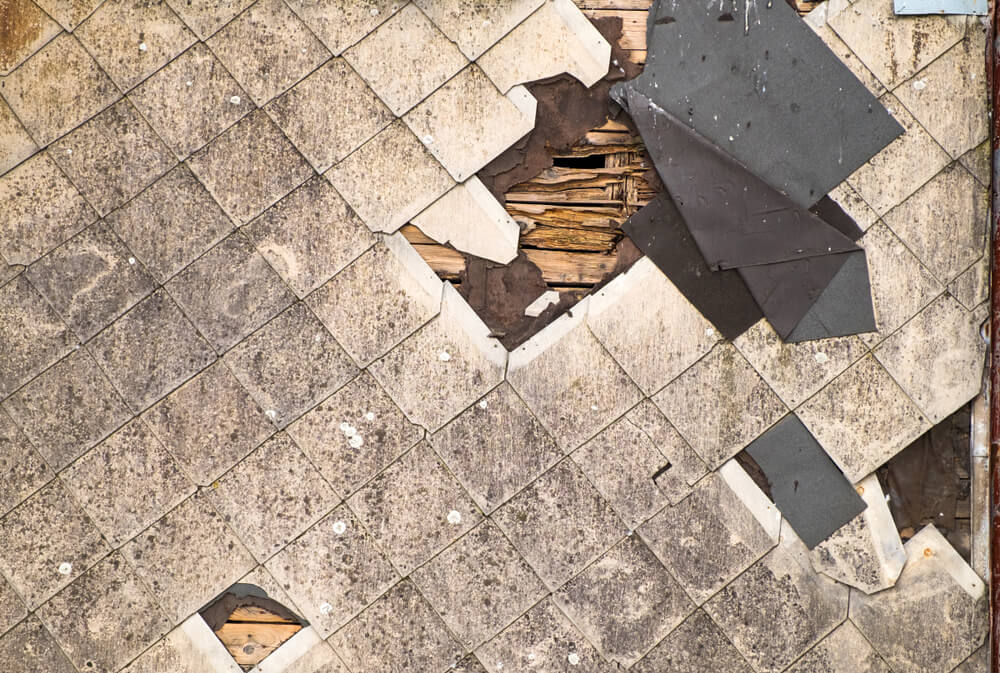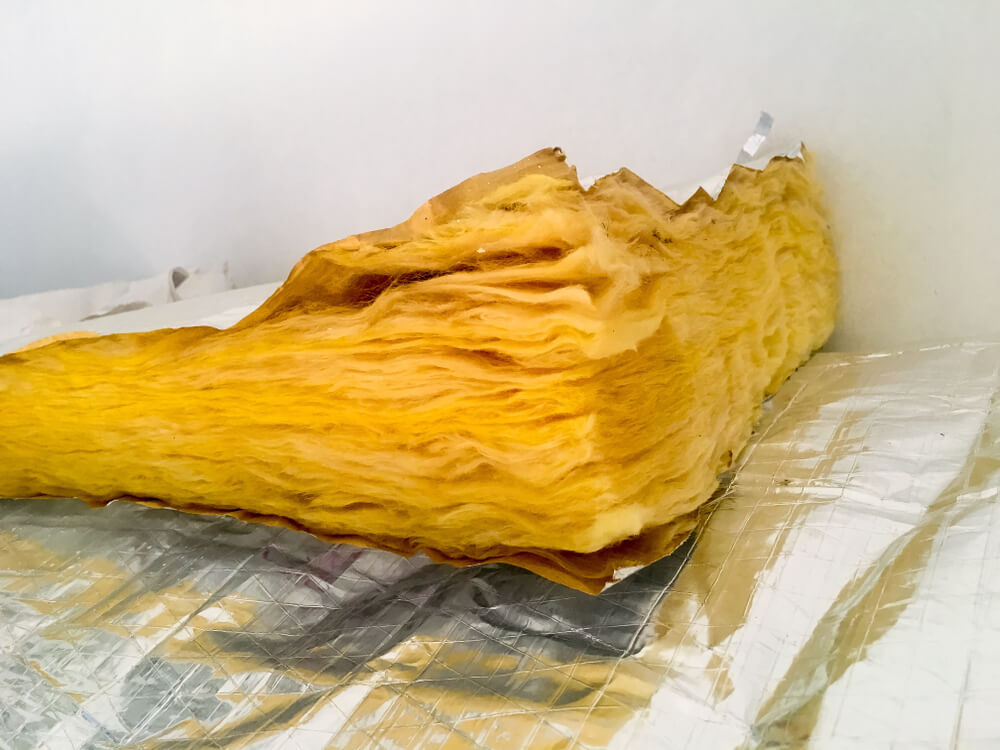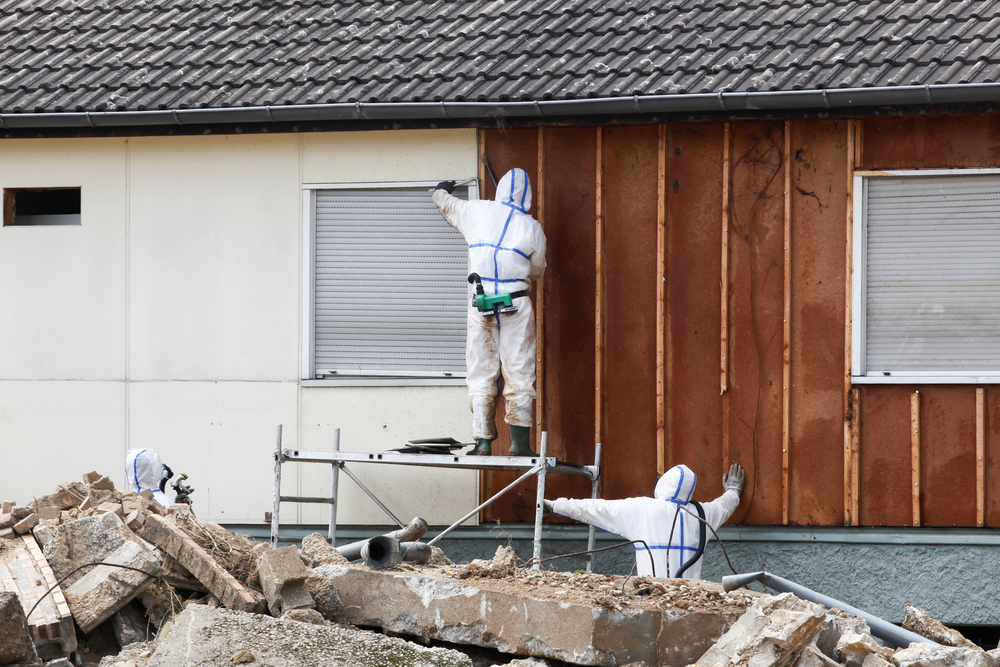
Identifying asbestos in your home is crucial for protecting your health and ensuring the safety of your living environment.
Here at Asbestos Australia, we’re dedicated to helping homeowners recognise the risks associated with asbestos exposure and take appropriate measures to address them.
In this article, we will explore the top 10 signs that indicate you might need asbestos removal in your Melbourne home. By understanding these signs, you can take proactive steps to safeguard your health and comply with asbestos laws.
Asbestos is a naturally occurring mineral that was widely used in construction and manufacturing due to its durability and heat-resistant properties. It was commonly used in various building materials such as roofing, insulation, and cement sheeting. However, exposure to asbestos fibres can lead to serious health issues, including asbestosis, lung cancer, and mesothelioma. These asbestos-related diseases can develop years after exposure, making it crucial to identify and manage asbestos-containing materials in your home.

Homes built before the 1980s but after the 1950s, are at a higher risk of containing asbestos materials. During this period, asbestos was extensively used in residential properties for various purposes. If your home was constructed or renovated prior to the 1980s, it is essential to assume that asbestos may be present and consider having an asbestos inspection performed by a professional.
Crumbling or damaged insulation materials in your home may contain asbestos. Asbestos was commonly used in insulation due to its fire-resistant properties. If you notice that your insulation is deteriorating, it is crucial to avoid disturbing it and contact an asbestos professional for inspection and testing.

Signs of wear and tear on roofing shingles or tiles can indicate the presence of asbestos. Asbestos-containing products were frequently used in roofing materials. If your roof is damaged or aging, it is important to have it inspected for asbestos fibres to prevent potential exposure.
Asbestos-containing vinyl tiles or linoleum were commonly used in older homes. If you observe cracks or peeling in your floor tiles, it is essential to handle them with caution. Only scientific testing can confirm if the material contains asbestos, so it is best to engage a professional for testing and removal.
Asbestos cement sheeting was widely used in walls or fences. If these materials are in good condition, they may not pose an immediate risk. However, if they are damaged or deteriorating, they can release asbestos fibres into the air. It is important to identify asbestos in these materials and take appropriate measures to manage them.

Asbestos was commonly used to insulate ducts and pipes in HVAC systems. If your heating, ventilation, and air conditioning system is outdated, it is important to have it inspected for asbestos. Professional inspection during HVAC upgrades can help identify and safely remove asbestos-containing materials.
Water leaks can cause damage to asbestos-containing materials, leading to the release of asbestos fibres. Signs of water damage, such as stains or warped surfaces, should be addressed promptly. Contacting a professional to inspect and manage the affected areas can help prevent asbestos exposure.
Before starting any home renovations or demolitions, it is essential to check for asbestos. Renovation activities can disturb asbestos-containing materials, increasing the risk of exposure. Legal requirements mandate asbestos inspection and removal before any major renovations or demolitions.

Suspicious dust or debris in your home may indicate disturbed asbestos materials. If you notice an unusual amount of dust, especially during renovations or repairs, it is important to assume it may contain asbestos. Immediate action, such as contacting a professional for inspection, is necessary to ensure safety.
Respiratory problems or other health symptoms among residents can be a sign of asbestos exposure. If you or anyone in your home has unexplained health issues, it’s possible to develop asbestos related diseases over a long period of time. Knowing how to tell if you have asbestos in your home can prevent you from being exposed to asbestos. A medical consultation and a thorough home inspection for asbestos are recommended.
If you suspect the presence of asbestos in your home, it is important to take immediate action.
Avoid disturbing the suspected materials and contact a professional for asbestos inspection and testing.
Only scientific testing can confirm the presence of asbestos fibres, and a licensed removalist should handle any necessary removal to ensure safety.
If asbestos is present in your home and you want to have it removed, it is super essential that you only work with a certified and experienced asbestos removalist. Working with asbestos can be dangerous and impact your health, but there are legal ramifications too. Illegal asbestos removal, done by an unlicensed person can lead to fines and penalties, and on top of this, you could impact the health and safety of those around you.
For professional asbestos inspection and removal services in Melbourne, contact Asbestos Australia Removalists on 03 9704 2953. We can discuss your situation and give you a quote for our services.
Posted By: Asbestos Australia Removalist
Leave a Reply